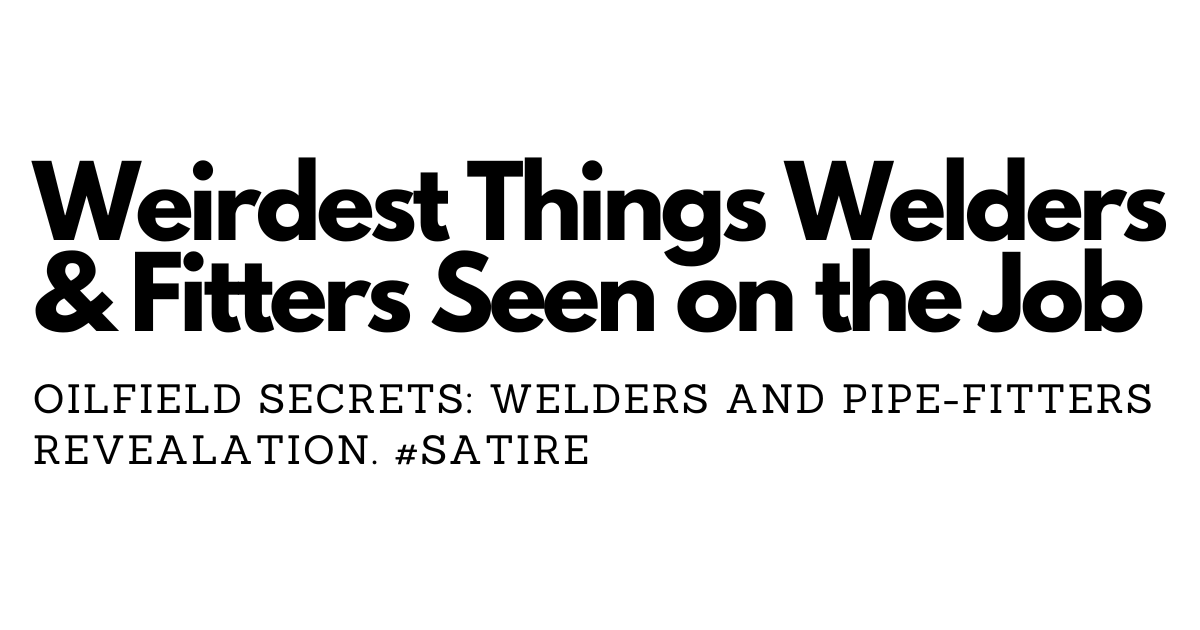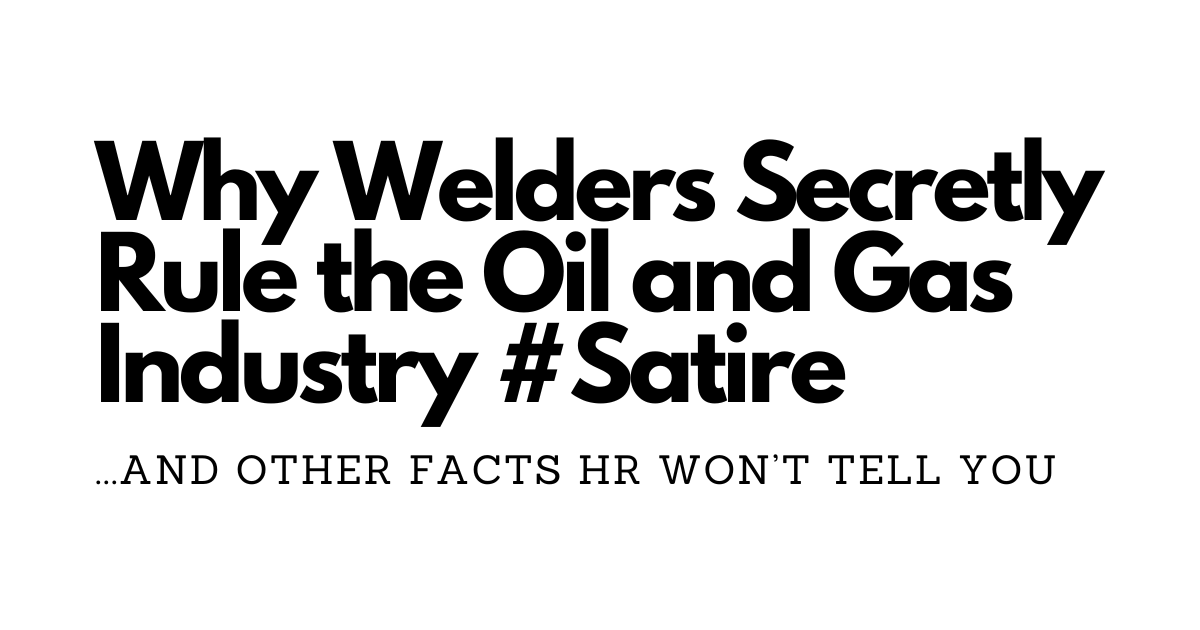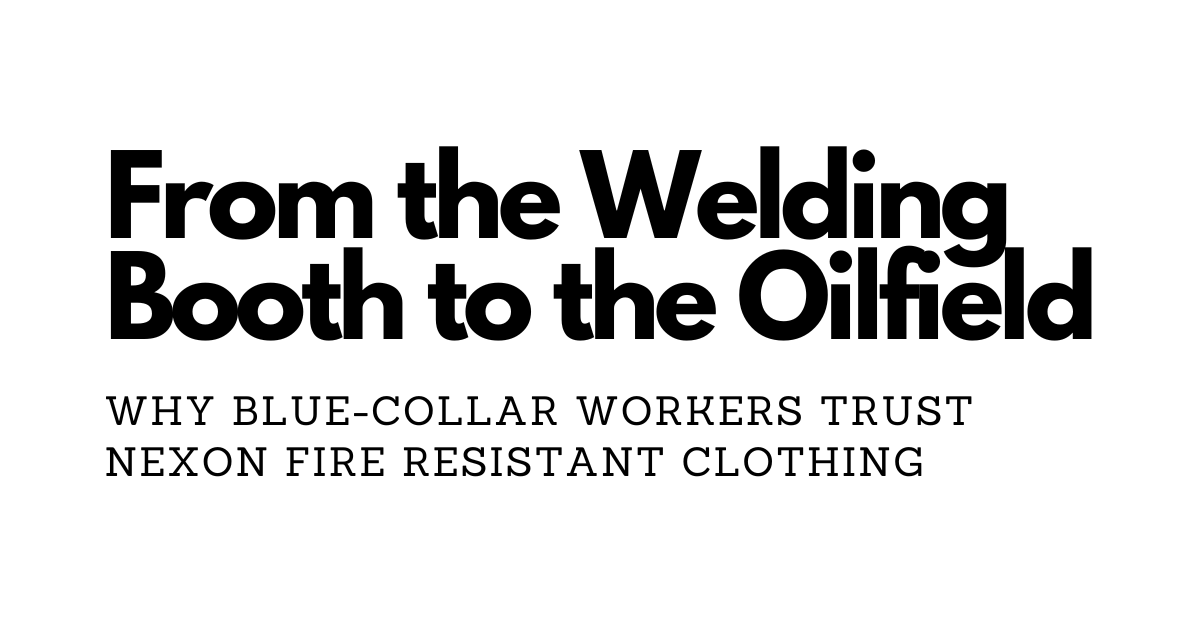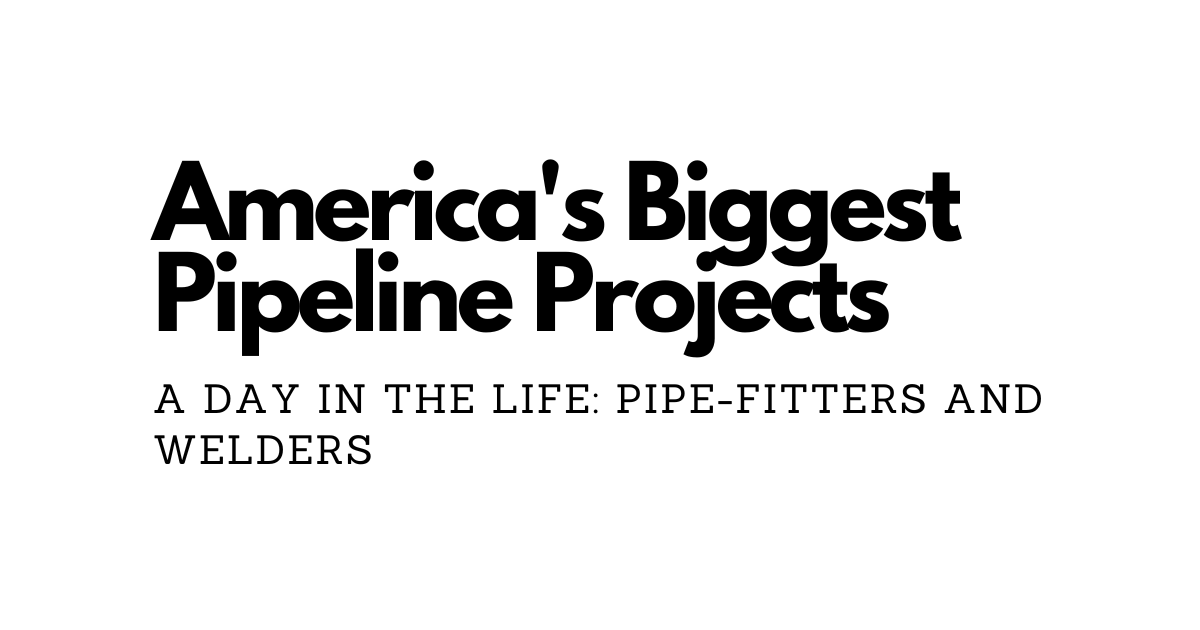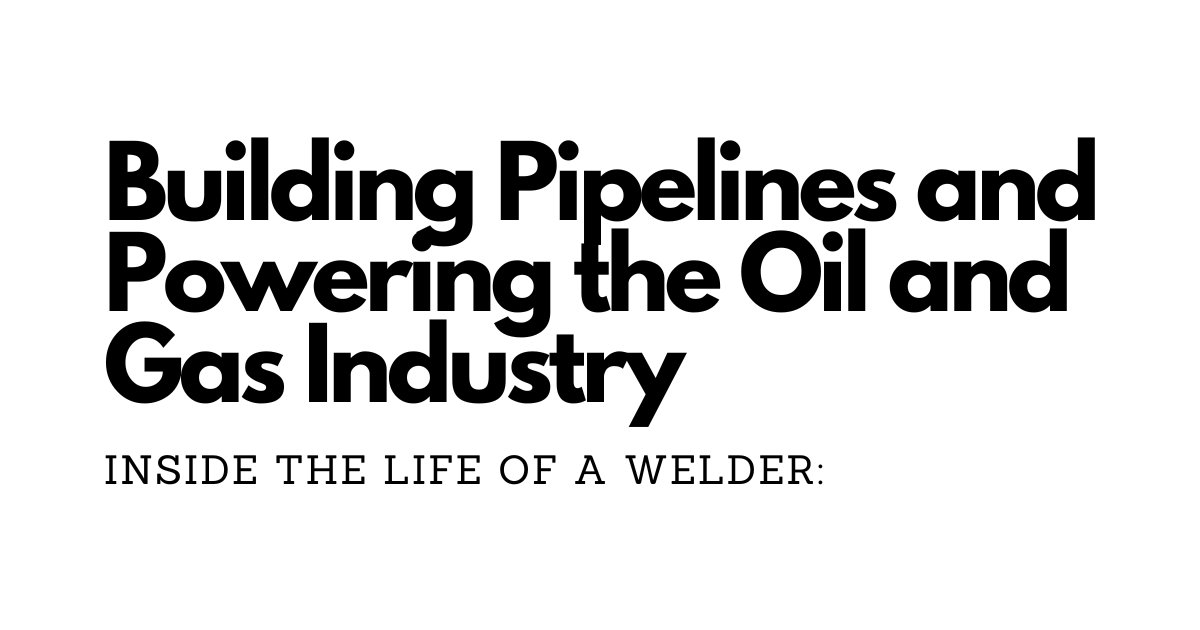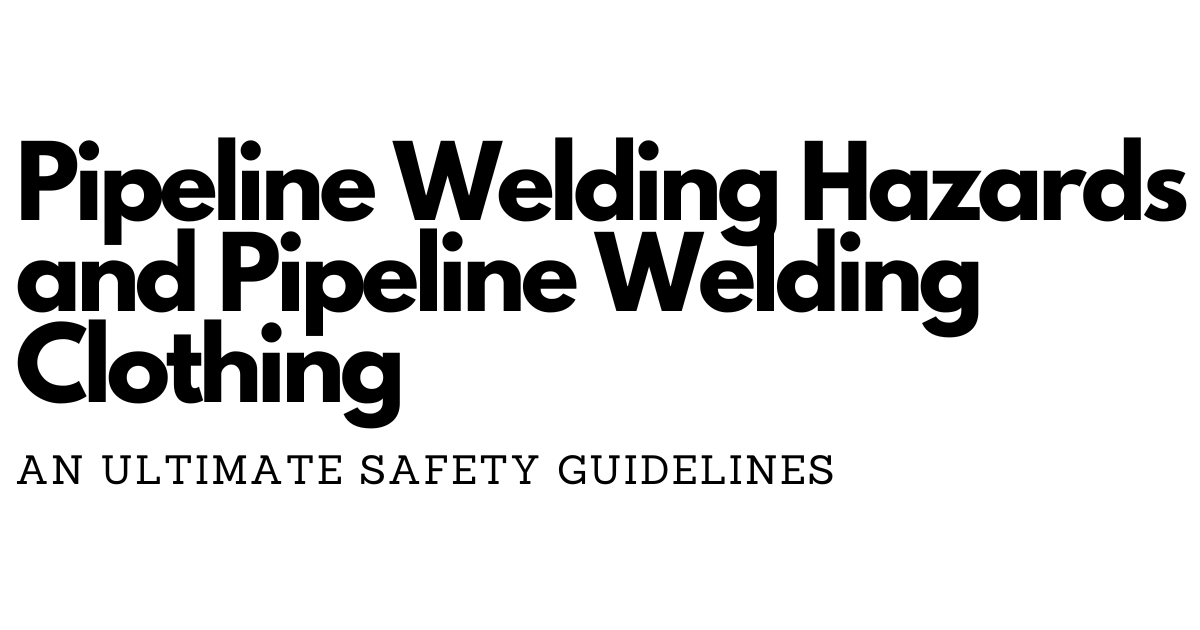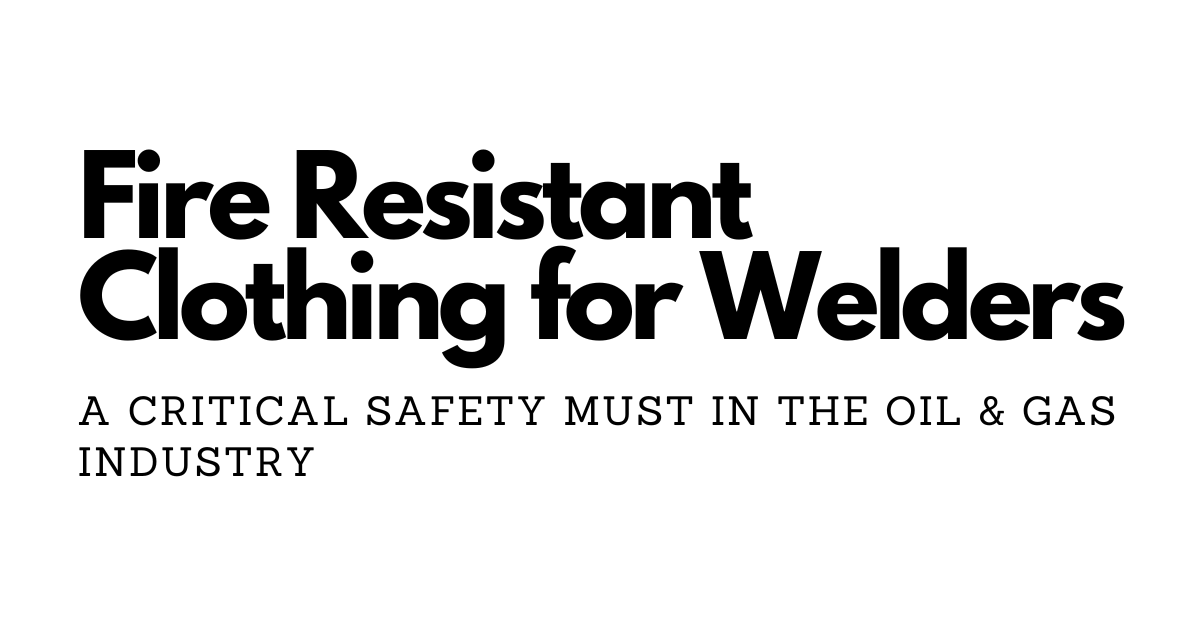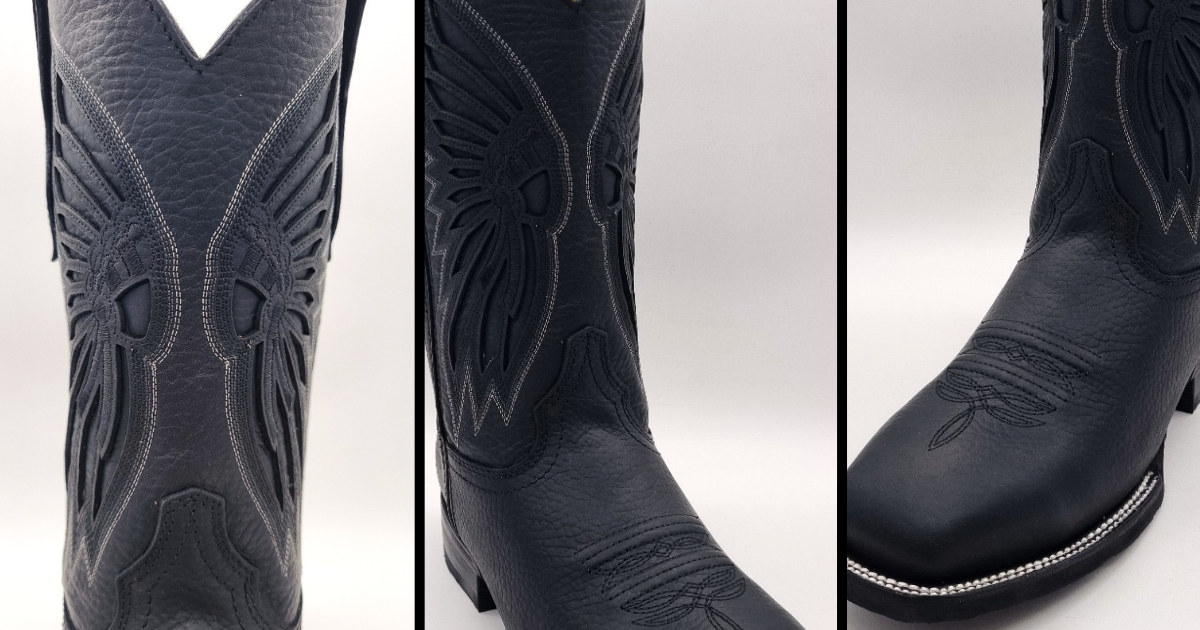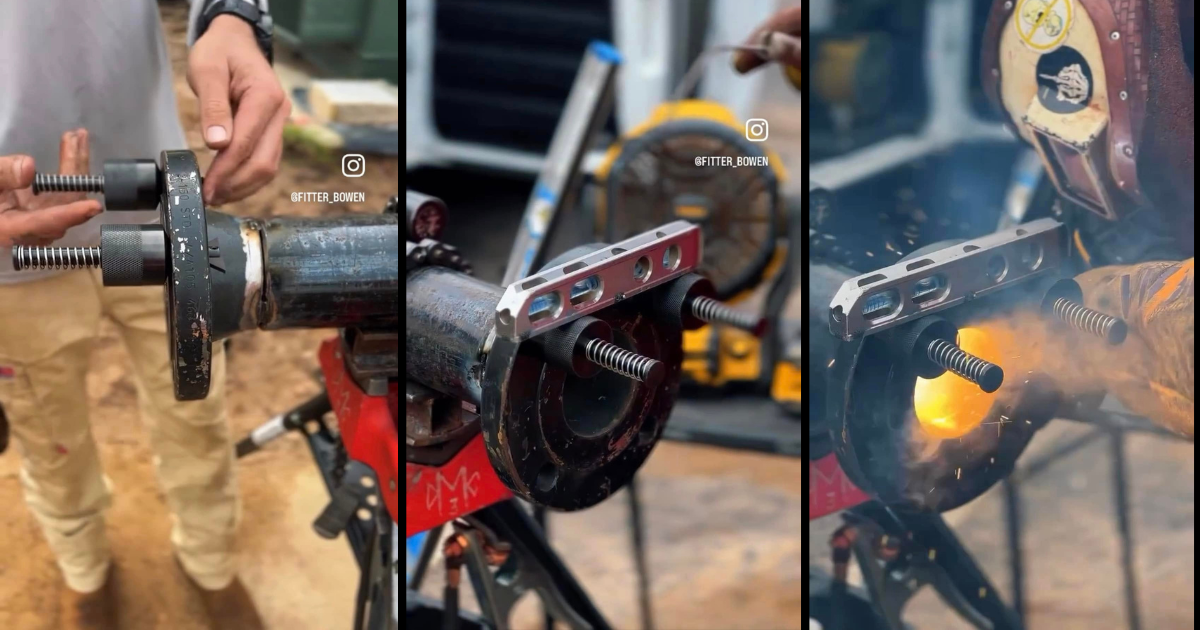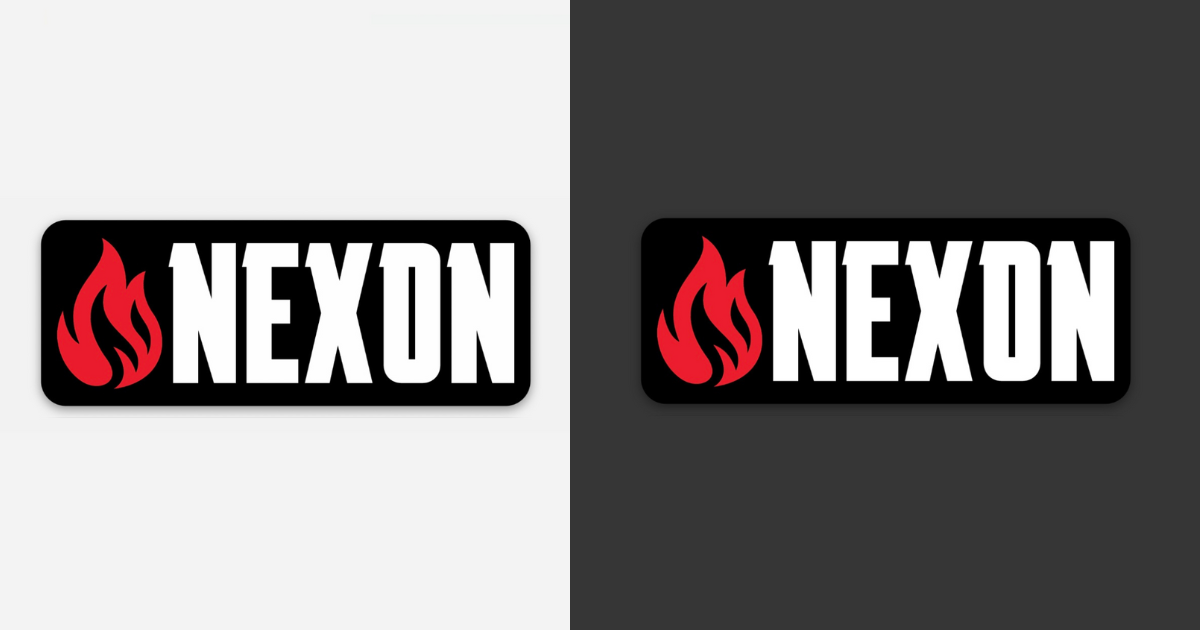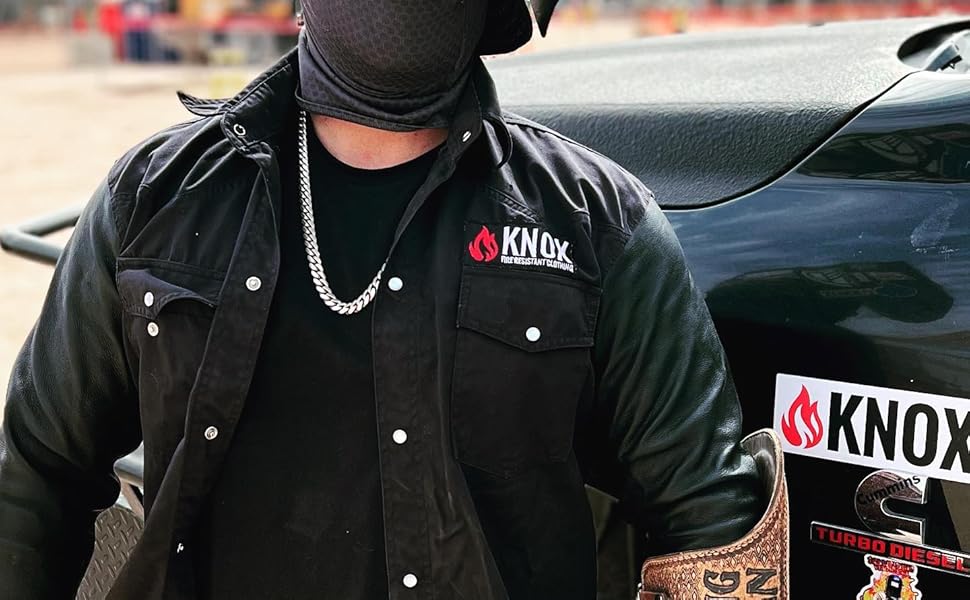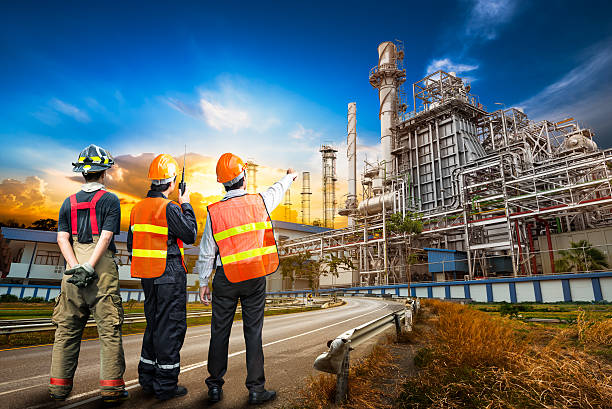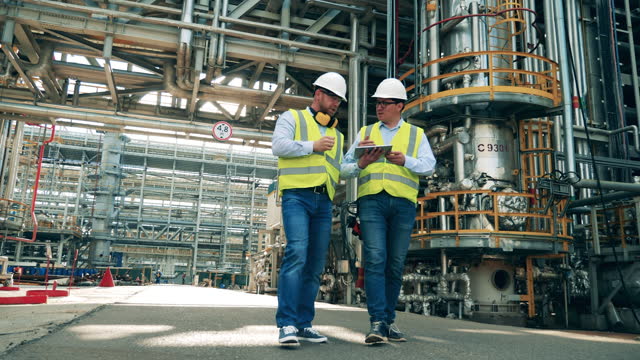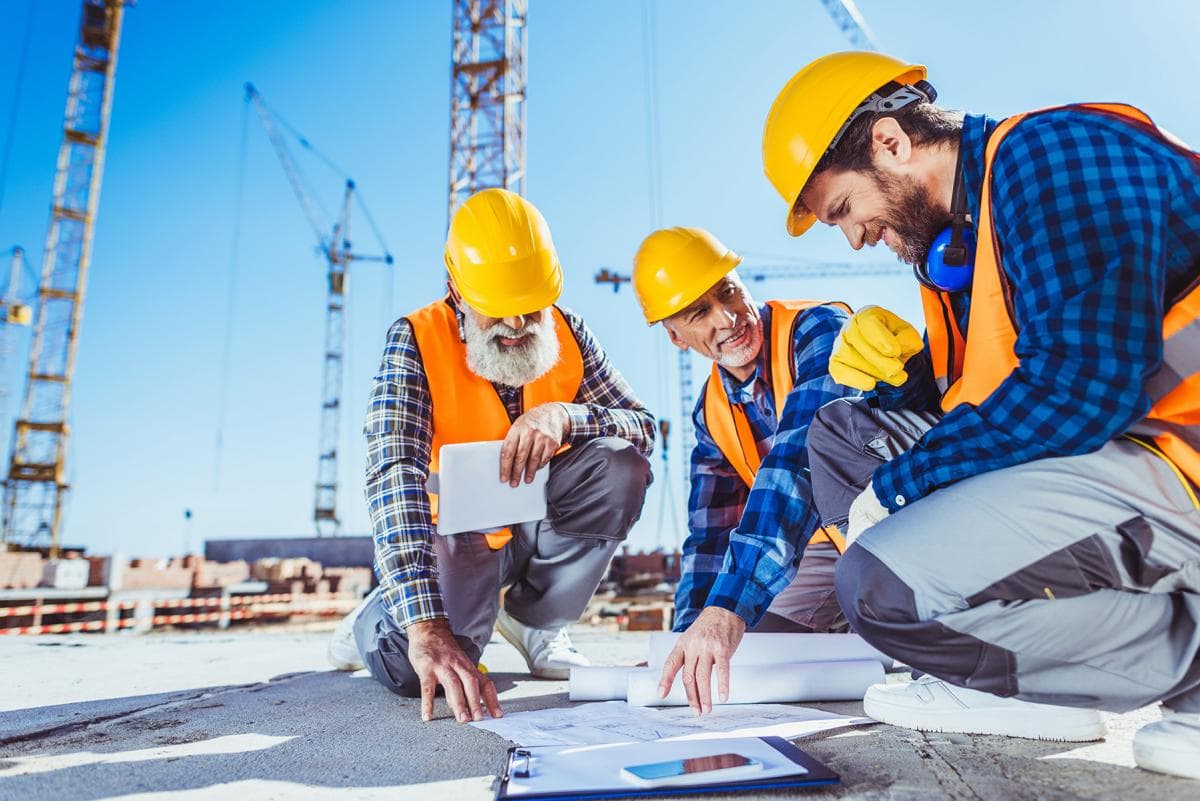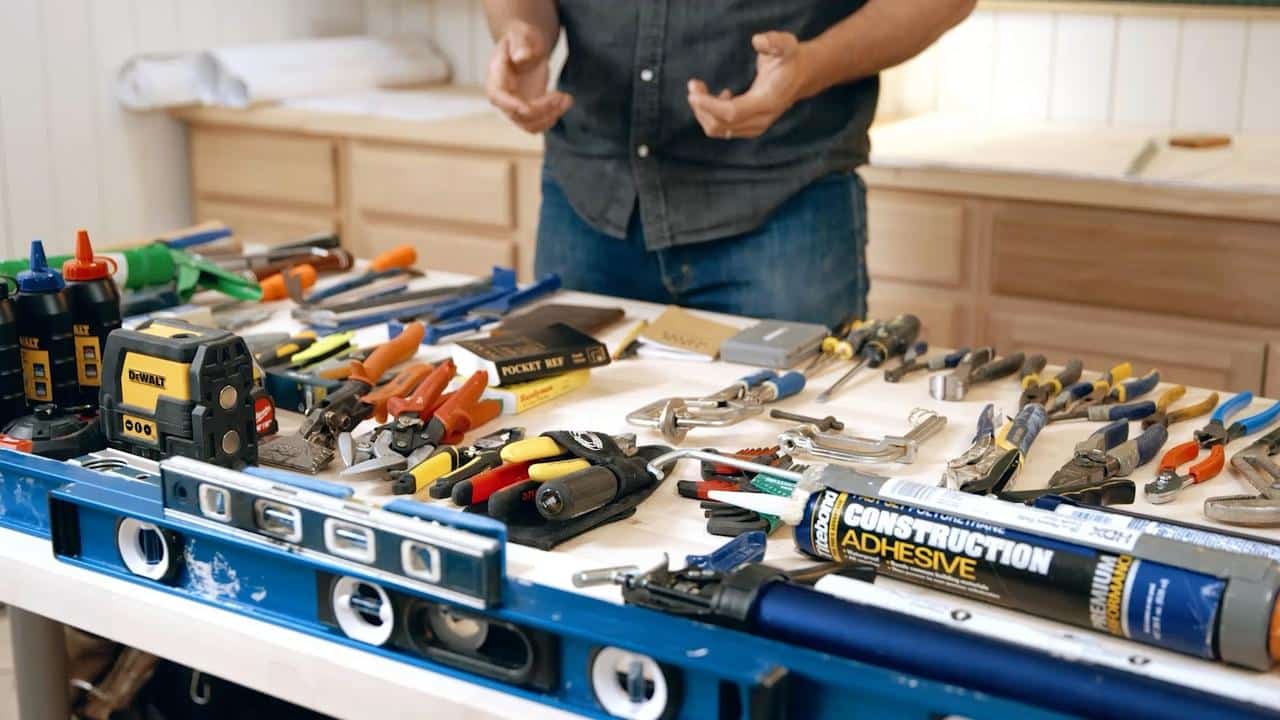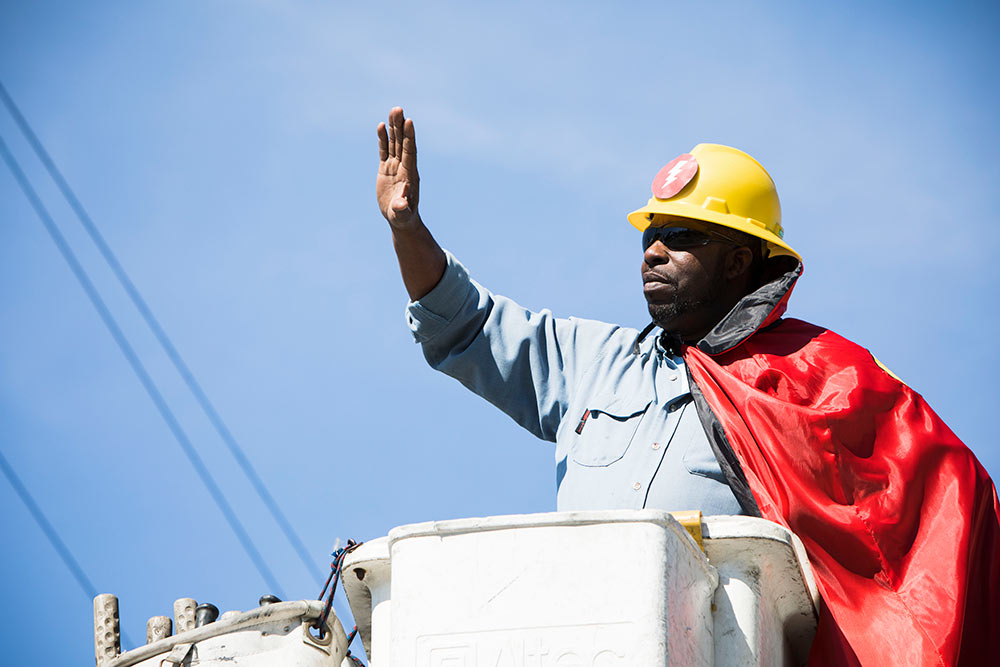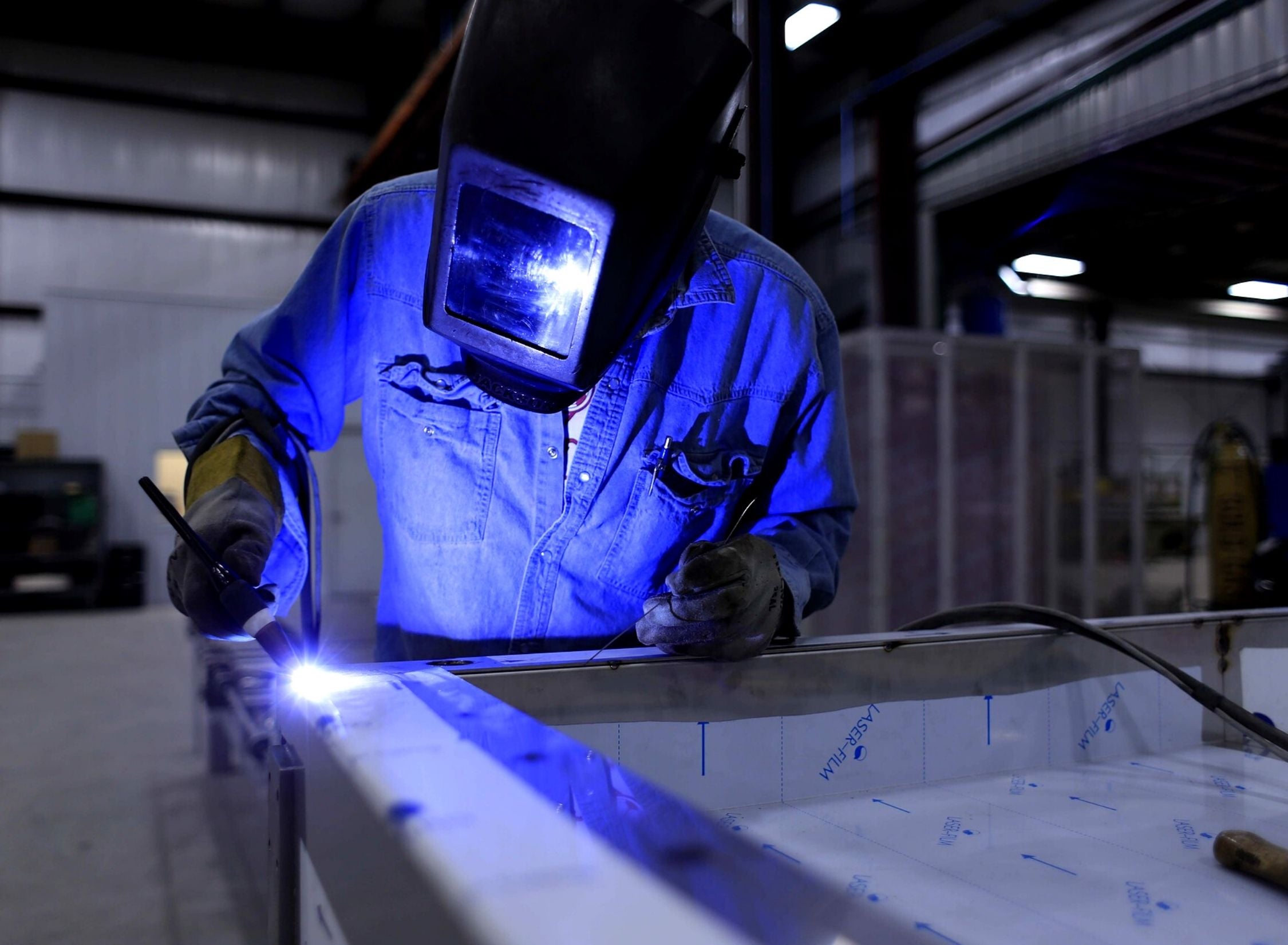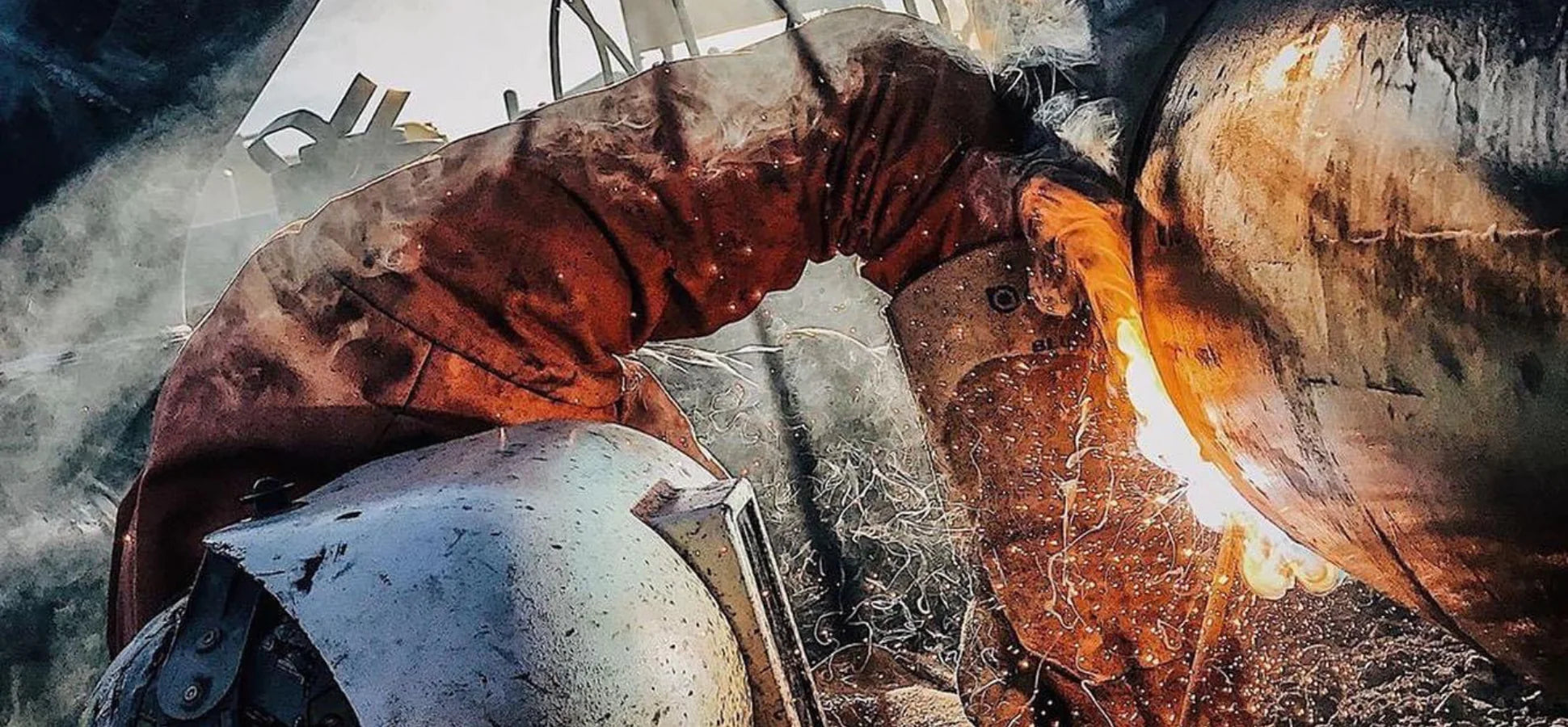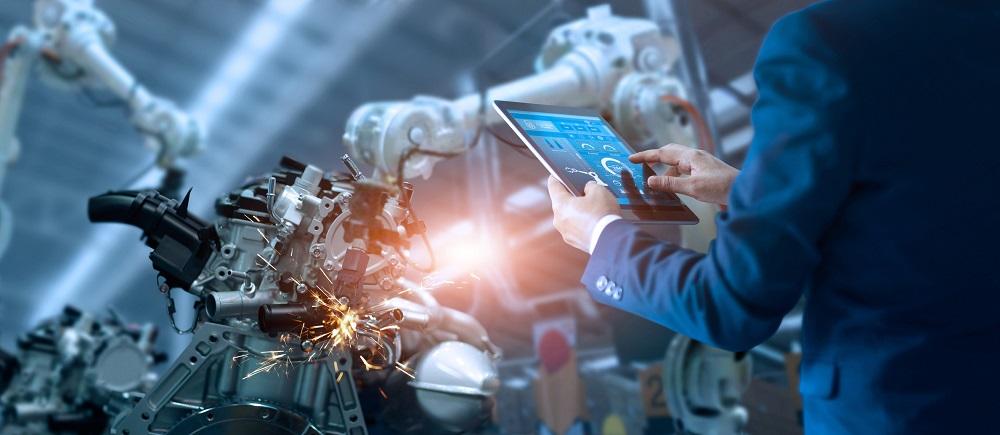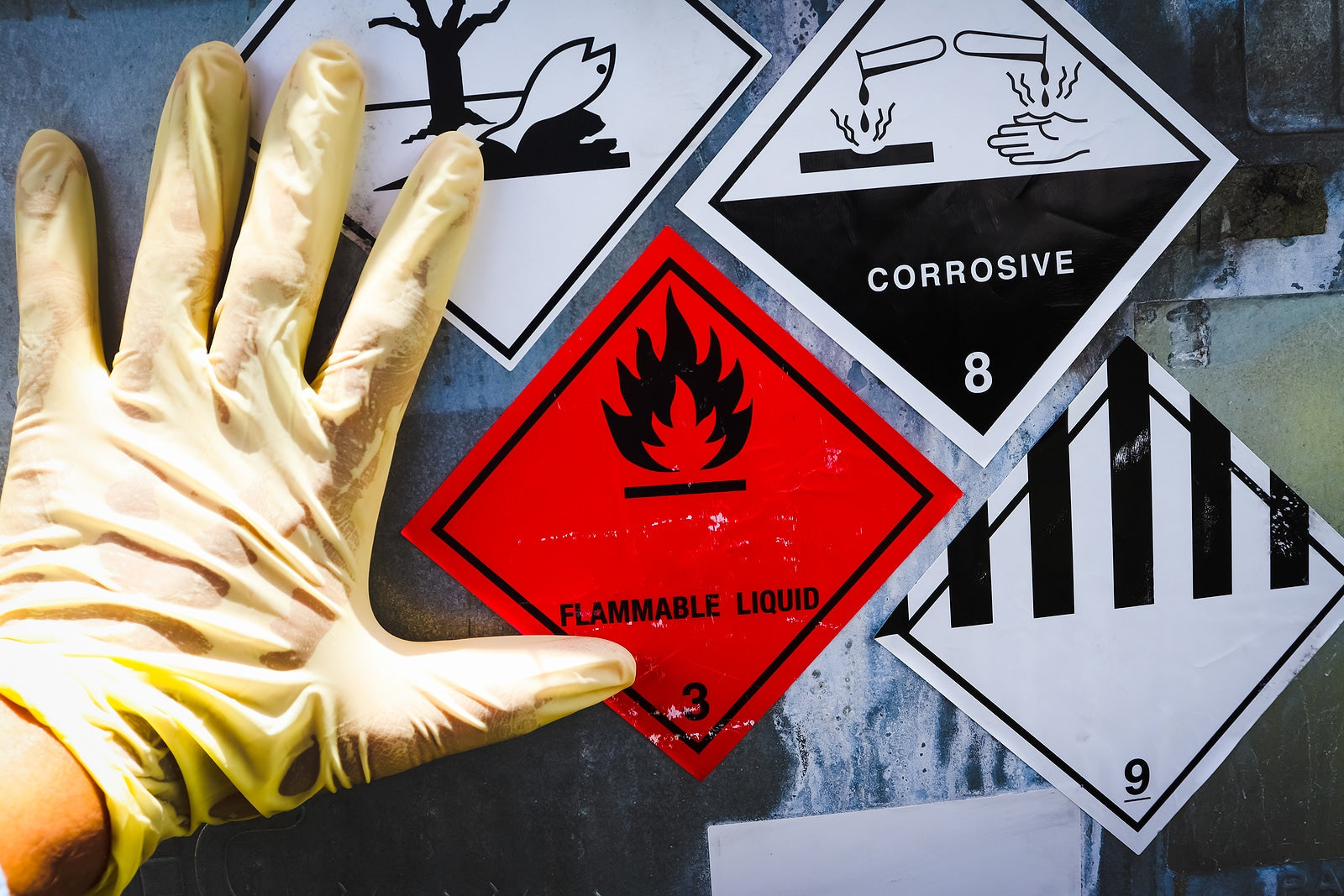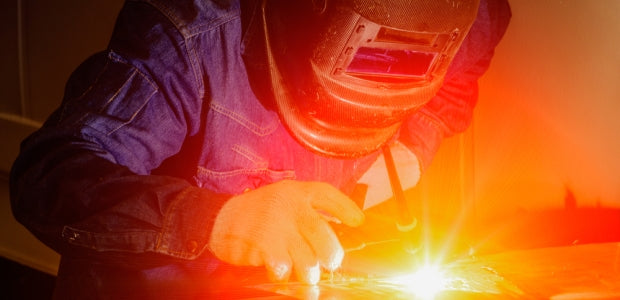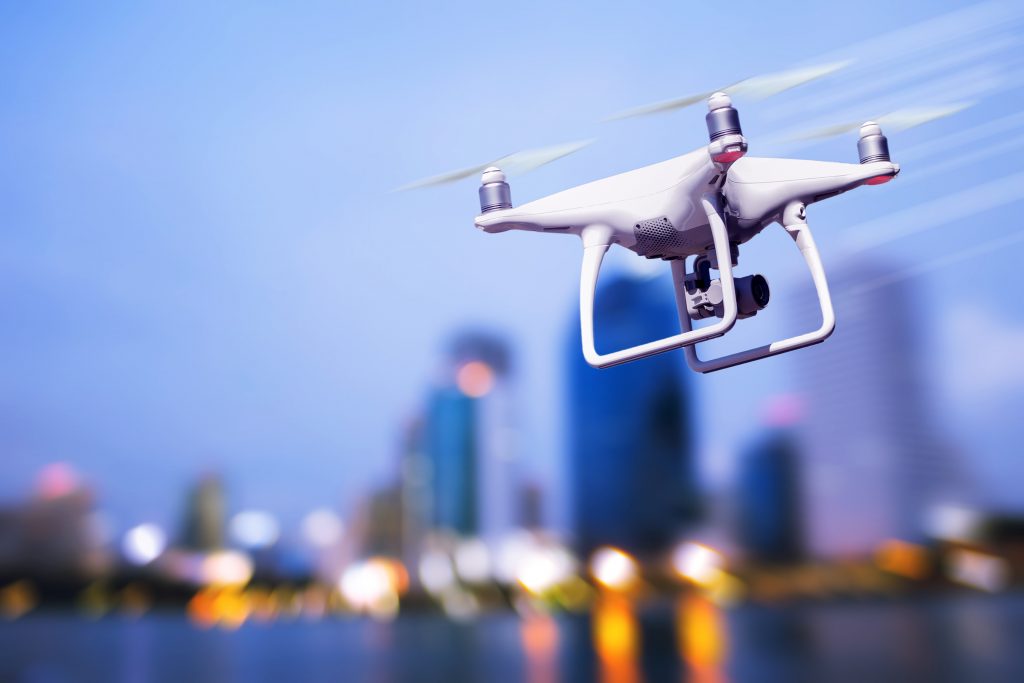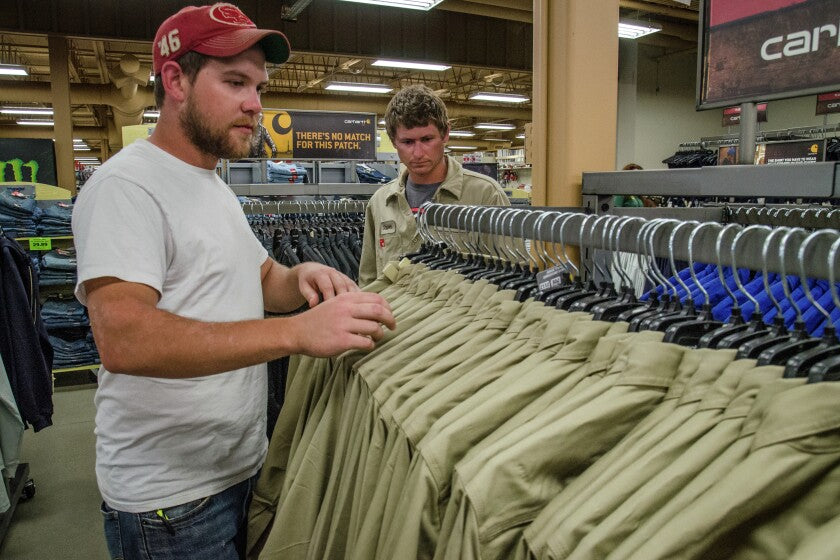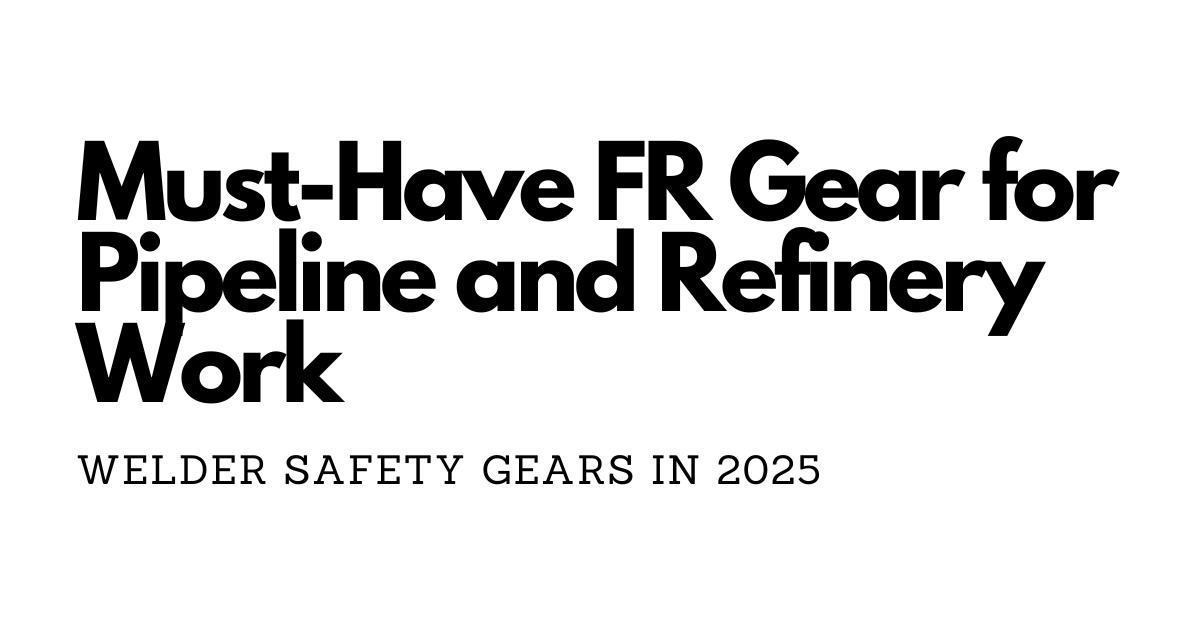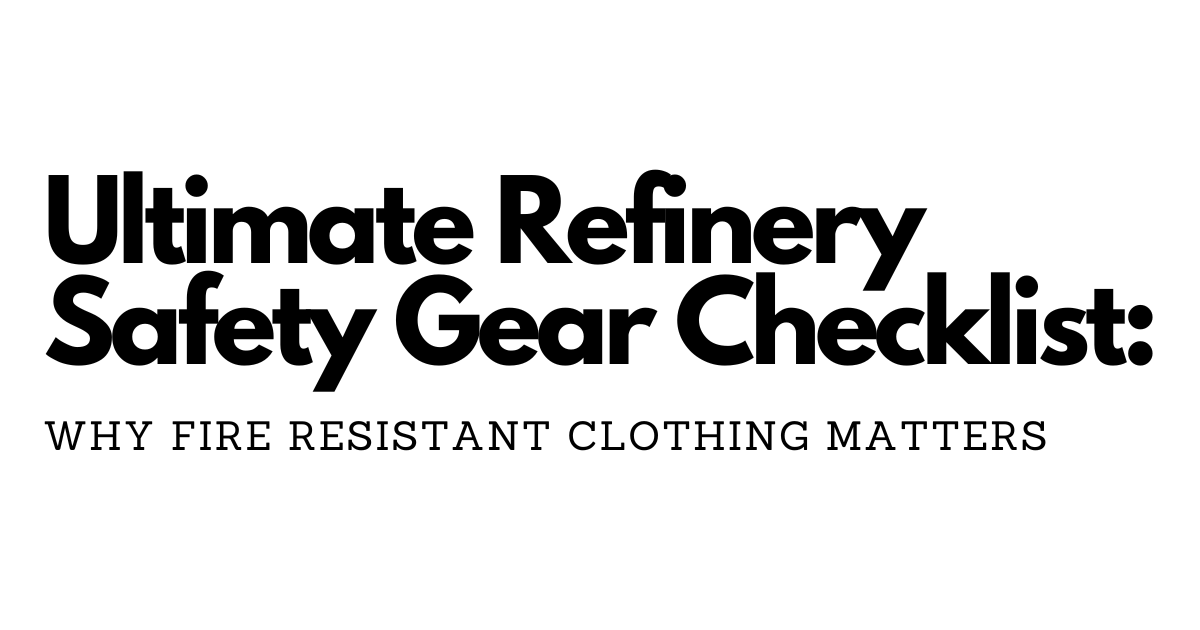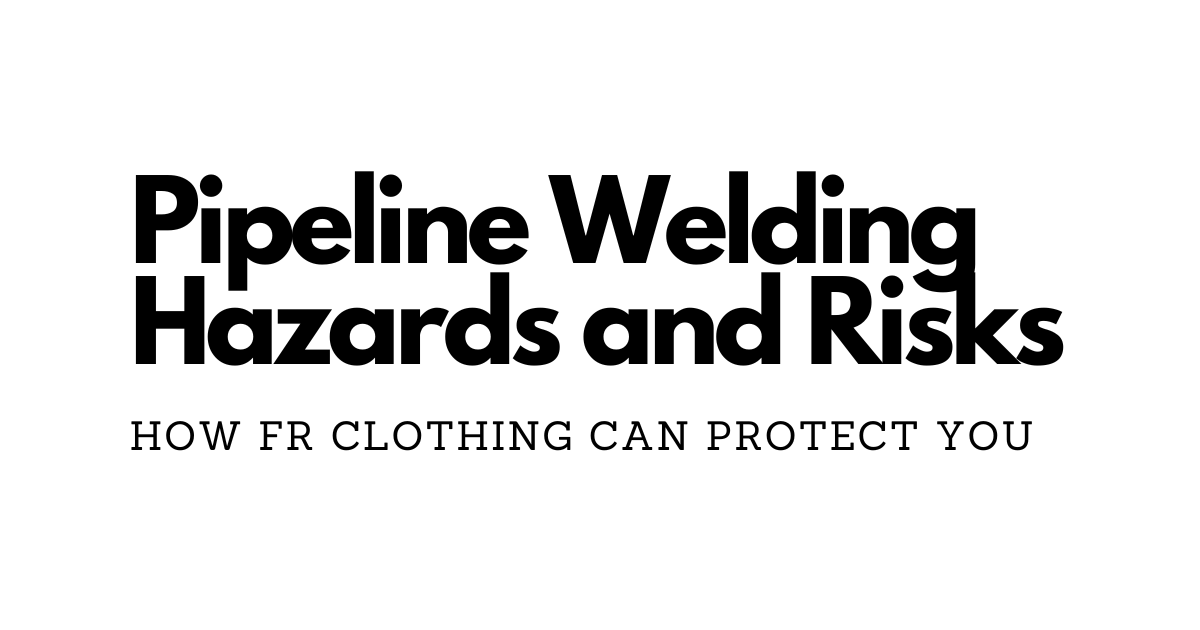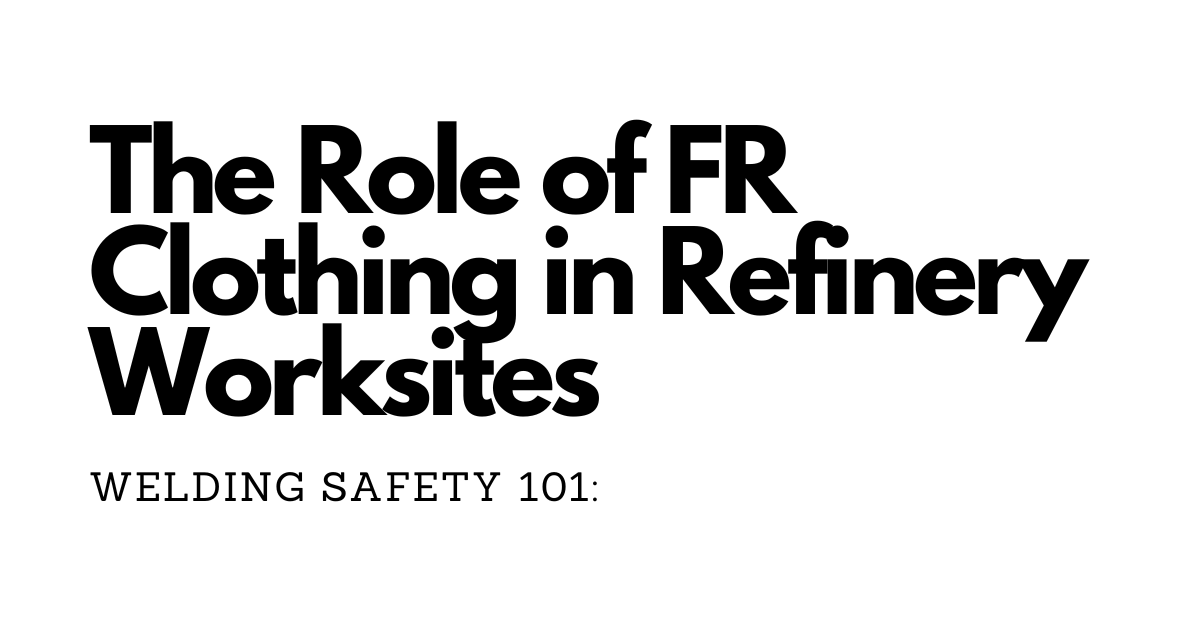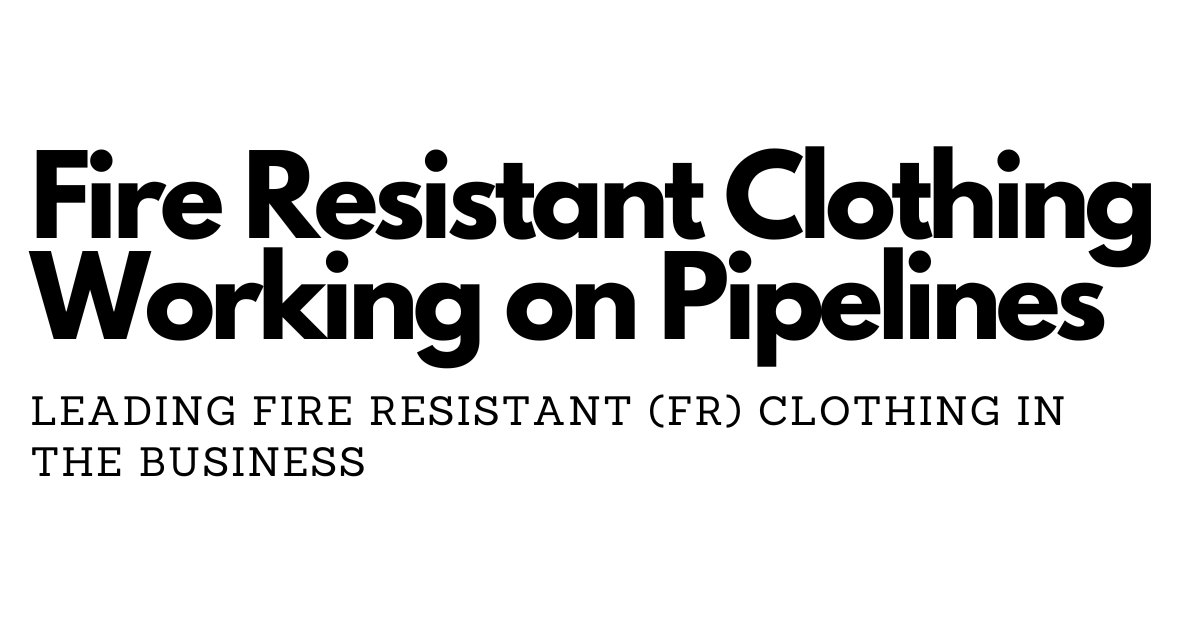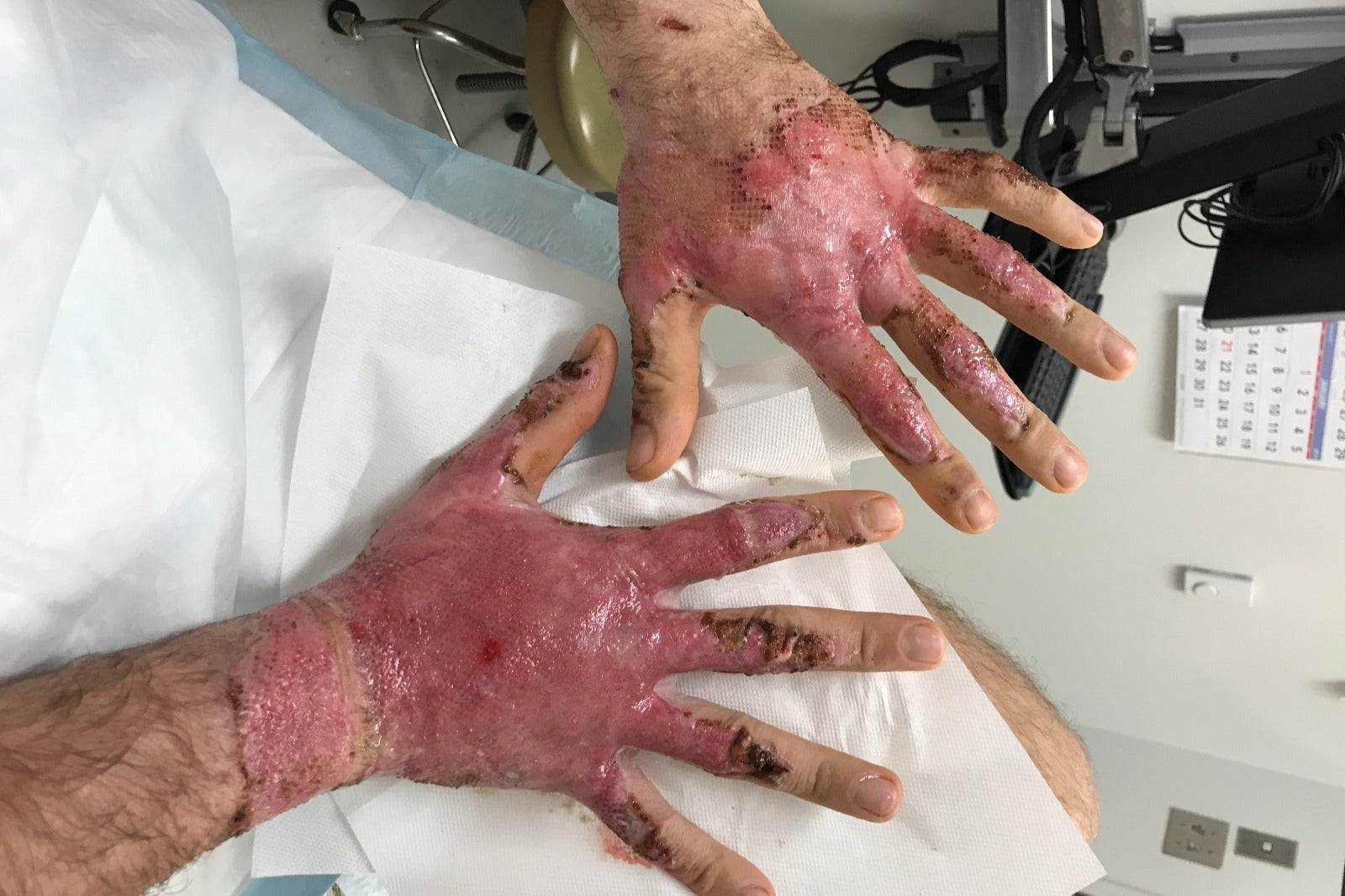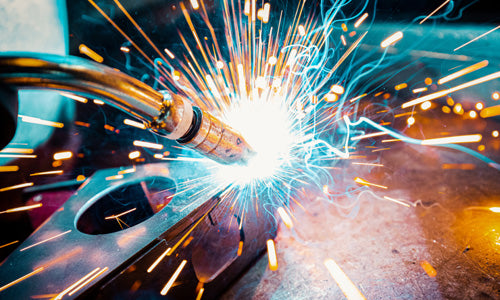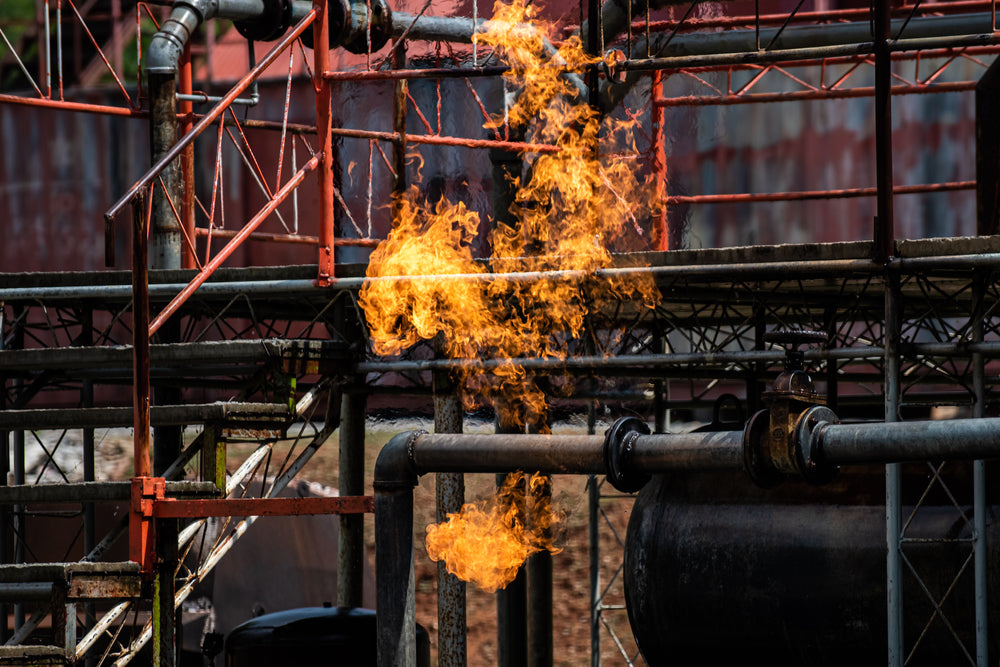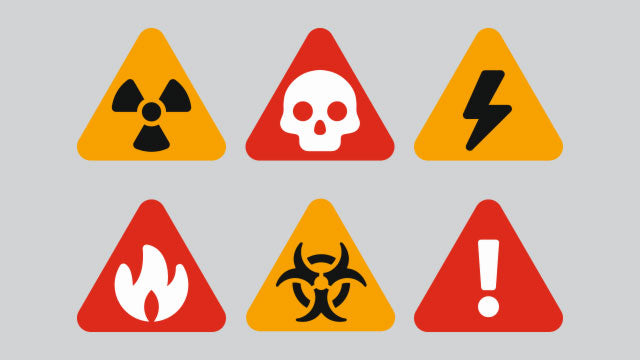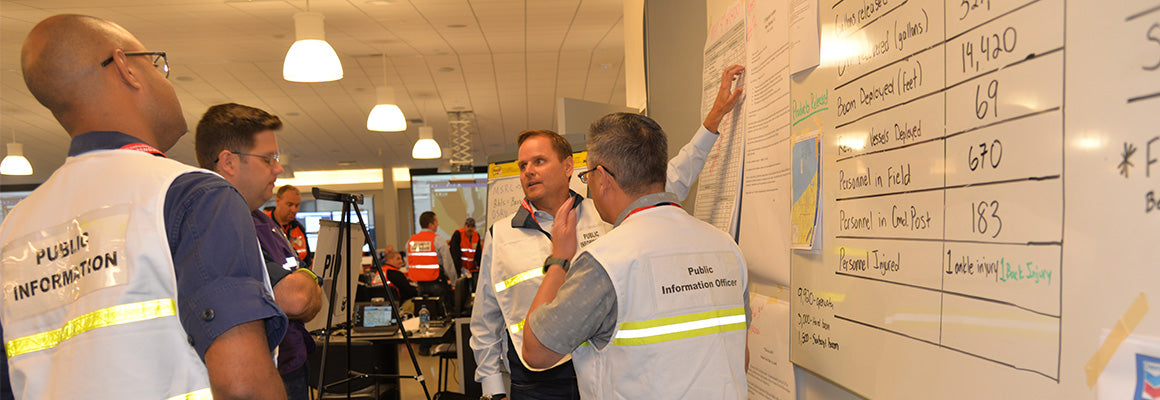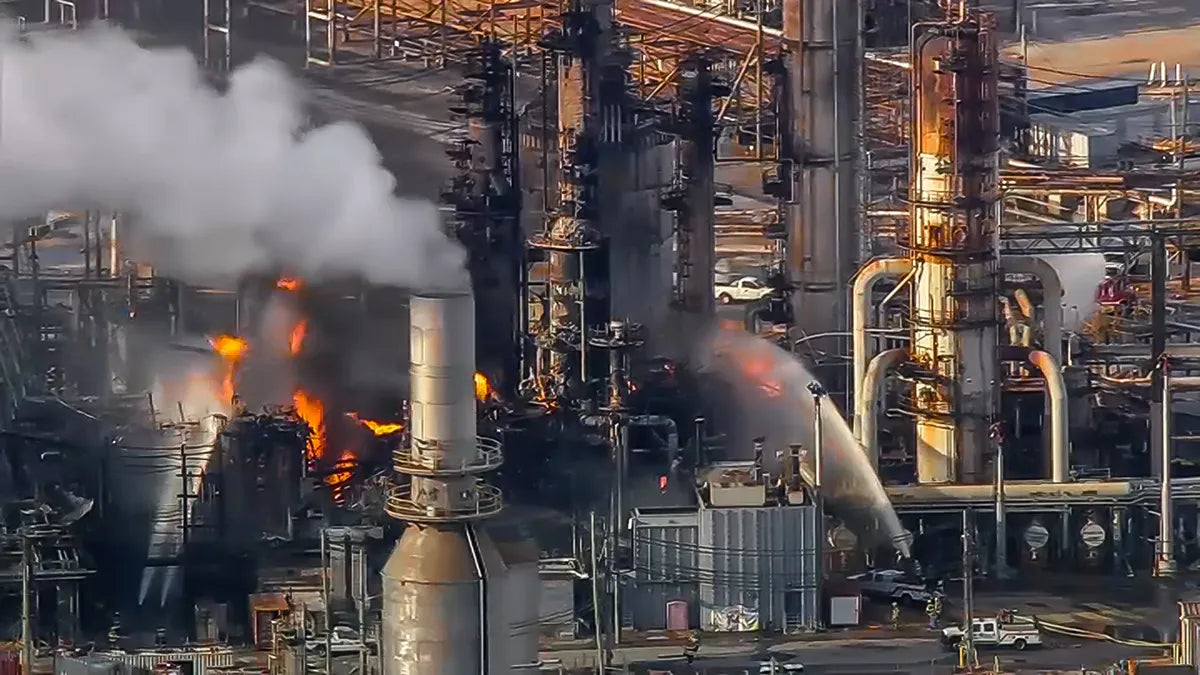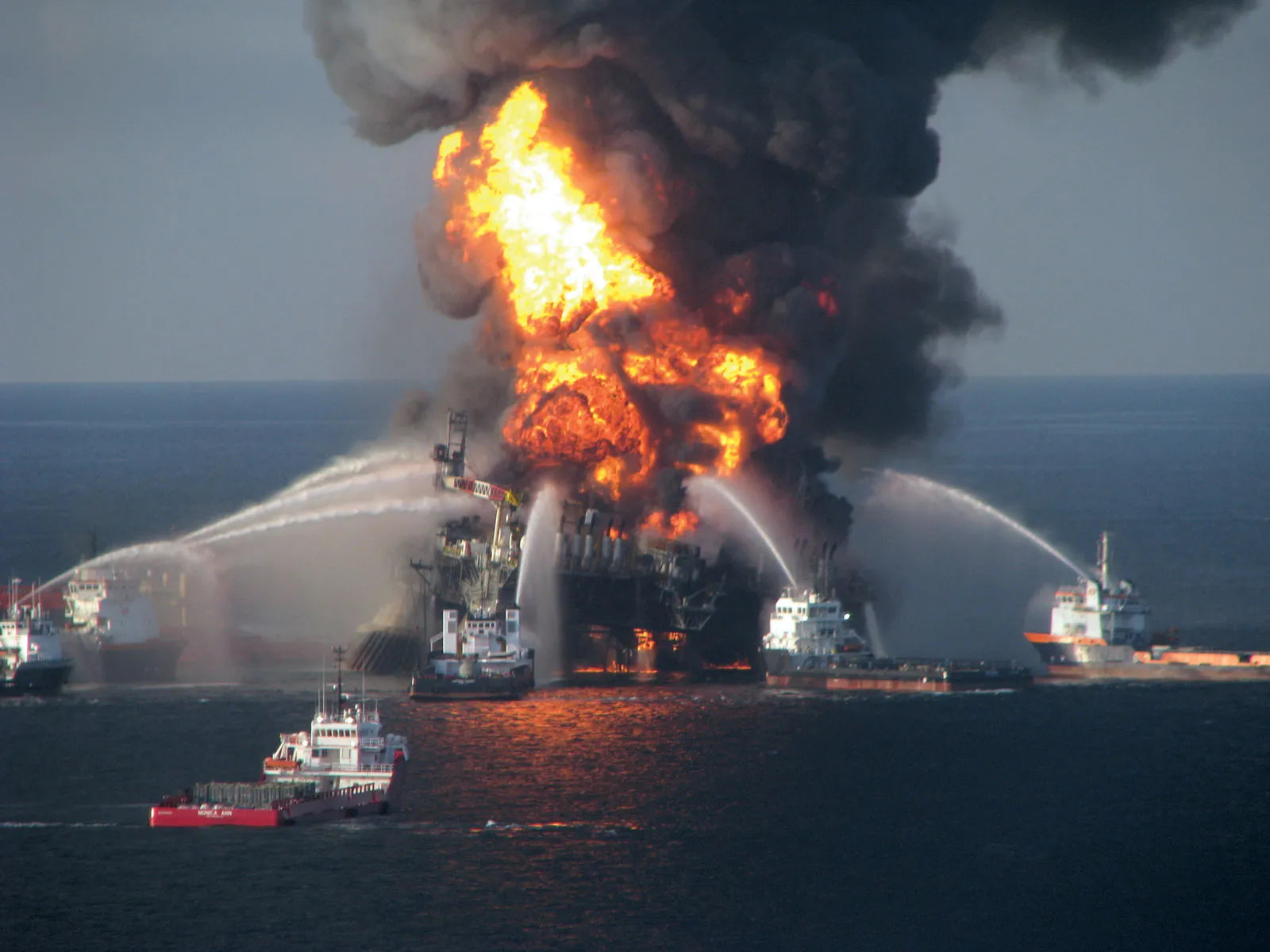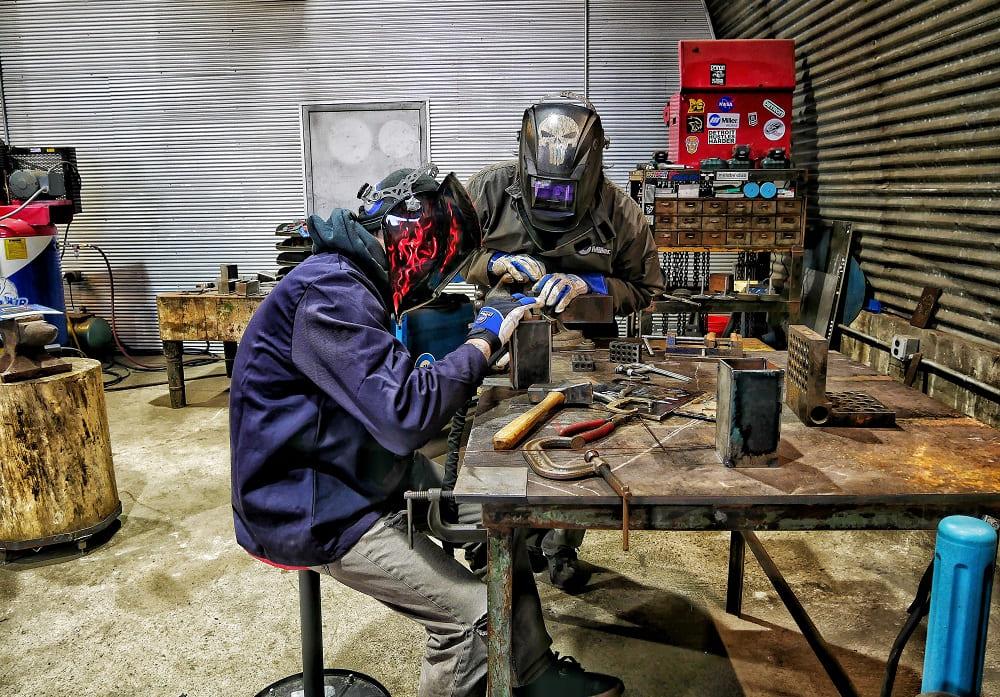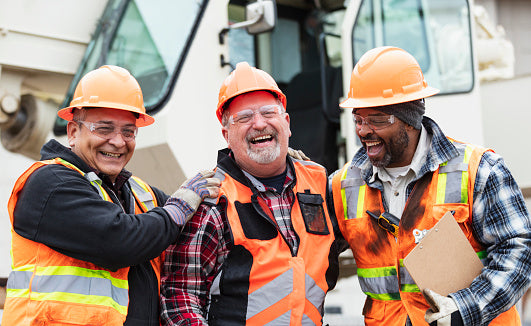

We get it. You don't have to hear from anyone that construction work is dangerous because you already know it. You may not know that the construction sector has the highest death toll compared to all other sectors (except for the highway accidents that are widespread in all sectors of the industry). Not only that, but the death toll is also increasing.
According to the US Bureau of Labor Statistics (PDF), "Of the 4,674 casualties of private-sector workers in 2017, 971, or 20.7%, were under construction." The Occupational Safety and Security Administration (OSHA) reports that one in five workers died last year. And it only gets worse:
• "Fatal Four" is the leading cause of fatal occupational accidents in the private sector of the construction sector. These include falls, collisions with objects, electrical disconnections, and confinement between something or items. These accidents also contribute to 59.9% of construction worker deaths.
• Companies with ten or fewer employees and self-employed people account for almost half of all construction sites' deaths.
• Construction, transportation and material handling workers account for 47% of all worker deaths.
• Crane-induced workplace deaths fell to the lowest level in 2017, with 33 deaths.
• In a 45-year career, construction workers are 200 times less likely to die in a professional accident.
• Of all industries, construction has the deadliest falls, accounting for 51% of all US falls.
The number of accidents and deaths seems unlikely to increase at current rates, especially given advanced protection devices. And of course, regulatory safety requirements. So why does this happen?

Prevention, protection, professionalism: Before discussing the types of accidents that occur at construction sites and the construction safety devices required by law, it is essential to explain accident prevention.
You can prevent not all accidents. It doesn't matter how hard you try. Following all regulations and recommendations, you can provide the best equipment, the most reliable materials, and a completely safe construction site. However, two things cannot be avoided: human error and bad luck. Because all human beings can do anything wrong, Murphy's Law overcomes even physics's fundamental laws.
The best solution is to ensure that workers are equipped with appropriate protective equipment to minimize damage.
We also recommend that you hold regular team safety meetings. In some workplaces, this is done daily, especially when high-risk work is a daily task. Employees should be careful to stay focused and raise and address all relevant issues.
This does not mean that preventive and safety training is not essential. Educating employees and providing them with the skills to prevent accidents is just as important as providing a helmet. The best thing you can do as part of a building safety product is to educate your employees. It's part of a professional process, not to mention that it's a professional process and you need to maintain compliance with safety regulations.
Beyonds the most common construction accidents: It's time to get to know the enemy. And learn about our "weapons" in this battle for employee safety.
According to OSHA and BLS, the leading causes of death for workers in the construction industry were electrical disconnections, falls, caught in/between and blows from objects. These are called "The Fatal Four" were responsible for more than half (59.9%) of all construction worker on site deaths reported in the US in 2017. Out of 971 total deaths in the construction sector in 2017, the primary cause was:
• Caught in/between -50 (5.1%)
• Electro Cut-71 (7.3%)
• Fall-381 (39.2%)
• Hit an object-80 (8.2%)
These are the causes of accidents that result in immediate (or near-immediate) injury and death. But what about security risks that cause long-term damage and can lead to harm? For example, regular exposure to loud noises can cause hearing loss; the list of construction safety devices never seems to end, right? And inhalation of toxic gases can cause all kinds of respiratory problems. While these do not create imminent concern or death, OSHA regulations in the construction industry require personal protective equipment (PPE).
Law and order-OSHA regulation: Occupational health and safety administration standards and regulatory documents in the United States are boringly long. But it is a comprehensive document that covers all from safety standards for on-site equipment to instructions on handling hazardous materials.
We strongly recommend that you take the time to review this document. In addition to capturing security compliance requirements and requirements, you can also see if there are potential security risks that you may have overlooked when planning your purchase of security equipment. Even if you have a construction safety expert on board, it's essential to be familiar with regulations and recommendations. Besides, we do not know if we are dealing with old construction safety devices or products. Therefore, it is advisable to read the documentation in your spare time.
If you don't have time to check now, don't worry. It is worth focusing on Chapter E. Learn more about personal protective equipment (PPE) requirements and requirements. However, this section is so confusing that it was written by a lawyer and did not include any tips on what you need: the necessary protective equipment your construction workers need.

PPE for People-Preparation for Safety: Personal protective equipment can be divided into two categories (roughly): employee-owned and employer-owned. Regardless of ownership, regulations require employers to be responsible for the quality, function, and hygiene of their employees' PPE.
The best way to ensure the quality of an employee-owned PPE is to provide the employee with a list of recommended brands and suppliers. On the other hand, you can arrange equipment for your employees on discounted price.
Not all jobs on the site are the same. For example, the boots required by an electrician are not the same as those needed by a machine operator. When performing a risk assessment for your site, be sure to consider the different requirements of each role before choosing a preferred solution.
Eye and face protection equipment: "Don't face it! Please! Don't!"-This is the cry of our rally. We like our cute face and sharp eyes, and so do your employees. Cutting, welding, nailing, crushing, or using chemicals are dangerous. But no one wants to put unwanted things in their eyes or face. It is recommended to use protective goggles with almost all tools.
Head protection: For most people, the first thing that clicks to mind when it comes to construction safety is the yellow helmet. Children know this, thanks to Bob, the Builder. Regulations in almost every part of the civilized world require construction sites to wear protective headgear. Heavy things have a terrible habit of falling into the construction environment, and everyone knows that.
More generally, the problem is not the lack of helmets at the construction site, but more often it's quality. Over time, plastic becomes old, brittle, and helmets become useless. It is vital to replace the old helmet with a new one, as cracked and dented helmets also do not work well. And of course, make sure your employees are wearing them.
Safety boots: The primary compliance requirement in construction is that the work footwear is non-slip and puncture-resistant. Safety shoes are highly recommended as construction sites are often filled with heavy objects that can fall and break your toes.
If you are concerned that these features will make your boots too heavy to wear comfortably, we recommend investing a little more to get shoes with composite protective components. They are lightweight but offer the same level of protection.
Hand protector: When talking about what fits perfectly, it fits "like a glove". So obviously you want your gloves to fit. It's not just how comfortable they are to wear, but also how suitable they are for work at your fingertips. For example, you need rubber gloves for specific tasks. Welding gloves are required for welding work. Necessary work gloves are very effective against harsh chemicals and sharp tools, but they must-have for anyone who has building materials and equipment at hand.
Hearing protection: A construction site is a noisy place. To avoid a hearing loss for construction workers, OSHA has clear rules regarding the types of hearing protection required for construction site employees.
It's a bit strange that regulatory documents still need such instructions, but Section 1926.101 (c) clearly states that "plain cotton is not an acceptable protective device." More updated guidelines also include earphones as an unacceptable alternative to hearing protection PPE.
It is important to note that OSHA has updated the hearing protection guidelines. You need to make sure that the equipment you purchase complies with the 2016 noise level blocking requirements.
Respiratory protection: A respiratory system is needed to keep dust and debris out of the nose, throat, and lungs in the field, even when you are not dealing with toxic chemicals or dangerous gases. Of course, different respirators are needed for various purposes, and OSHA has detailed guidelines on the types and conditions of PPE required.
Compliance and communication on the go: There is a problem in understanding that security is essential. Applying safety rules is an entirely different thing. However, as an employer/administrator, you must enforce safety regulations. Compliance is challenging when employees are distributed and diverse. What if you want these employees to comply with safety regulations and protect themselves according to them? You need an accessible and easy-to-use solution.
One such solution is an all-in-one mobile app solution for businesses. You can create your custom apps to make safety protocols and regulations readily available to your employees and up to date. You can also create time tracking, communication tools, forms and reports, job scheduling, mobile checklists, and more.
Safety is the most important aspect of the construction industry. With mobile apps, you can add regulations, safety case studies, and safety meeting summaries by adding files such as PDF documents, videos, images, and even online content directly to your app. In addition, you can add checklists, reports, and workflows. You can create your template or choose from predefined templates to create injury form employee reports, potential safety risk reports, accident reports, and more.
Another aspect that helps business apps maintain a secure working environment is to create their communication channels for their employees. Many solutions can help you manage and communicate with your employees, but few are specifically designed to meet your on-site construction team's specific needs.
Equipment and skills to sleep better: One of the most challenging parts of building management can be considered a trust. After all, you need to leave employees to their work and their colleagues and their safety.
You will probably never stop worrying about the potential danger to your crew (and as a result, your business). But do you provide workers with the right equipment, knowledge and skills to work safely? It will help you sleep much better at night to focus on your work during the day.
